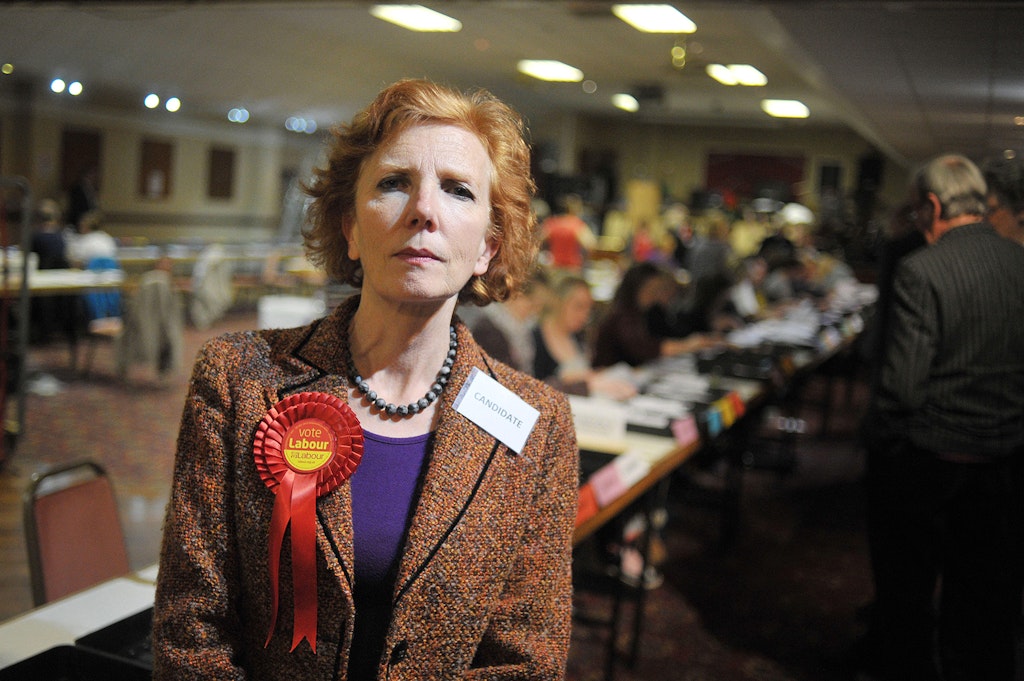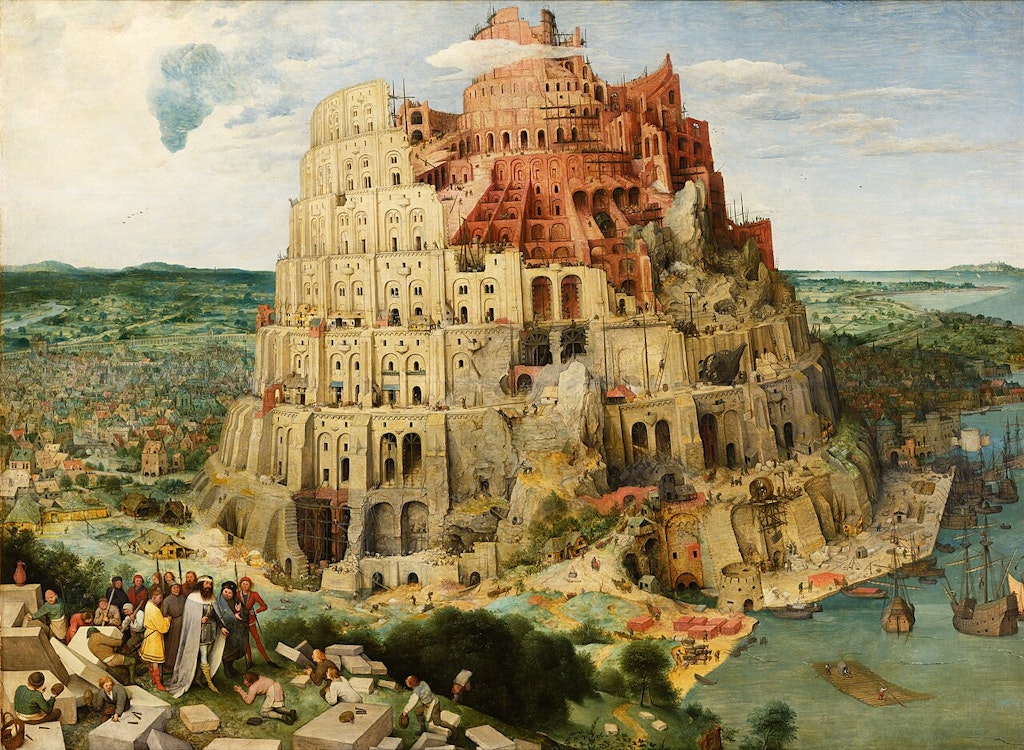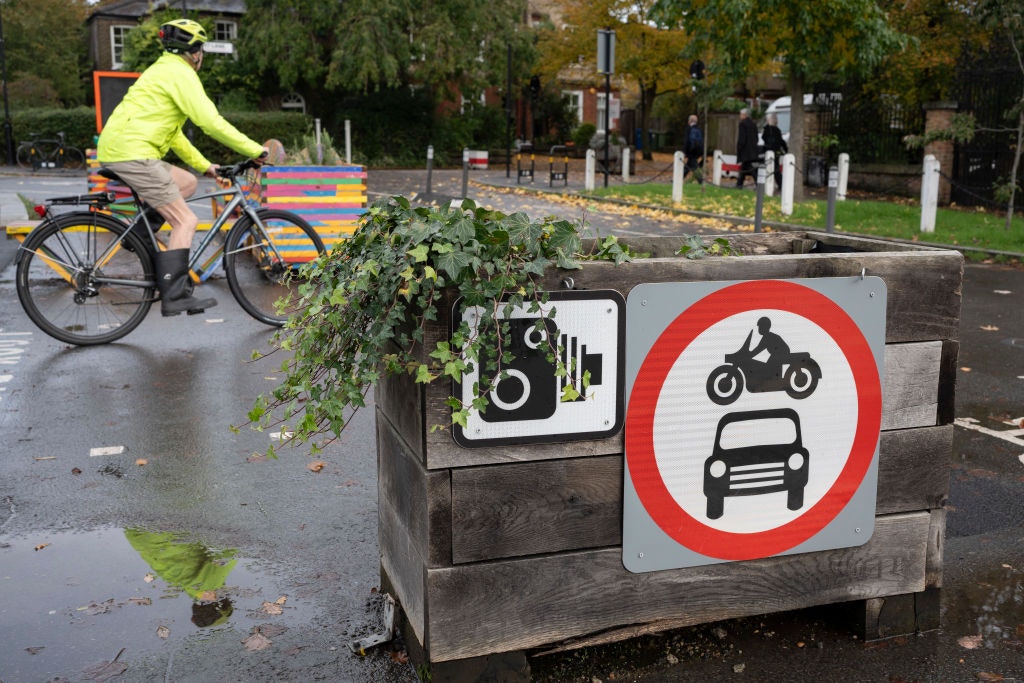Sex engine
When young boys access porn, women and girls suffer
A newly published landmark survey, conducted by Children’s Commissioner Dame Rachel de Souza, focused on the mental wellbeing of children. The findings prompted Dame Rachel to name those under the age of 18 “the survivor generation”.
There are many positives to be taken from the report, including the fact that nearly two-thirds of respondents are generally happy with their mental health, and seventy per cent of nine- to seventeen-year-olds are happy with their life overall. However, one of the primary findings is that, within the one-fifth of children who are unhappy with their mental health, young girls are twice as likely to suffer from poor mental health compared to boys.
Of course, any poor mental health as it applies to children is of great cause for concern, but for the Centre to End All Sexual Exploitation (CEASE) and anyone working in the human rights sector, the sharp rise in poor mental health among young people and especially young girls is an all-too-familiar story. It aligns with the boom of the commercial porn industry and widespread normalisation of porn use by young people.
The links between poor mental health and the porn industry may seem tenuous at best — and entirely fictional at worst — but the reality tells a different story.
Young people receive “informal sex education” from porn
We only need to look at the recent groundswell in media attention around the anti-sexual violence campaign group “Everyone’s Invited”. They have been active in highlighting just how prevalent and insidious rape culture and sexual abuse has become in society, and specifically within schools, in recent years. As the website explains:
In June 2020, Soma Sara the founder of this movement began sharing her personal experience of rape culture via Instagram. Immediately, she received a number of messages from not only those who felt that her experiences strongly resonated with their own, but also those who detailed their own stories of misogyny, harassment, abuse and assault. Within a week she received and shared over 300 anonymous responses, reaching over 10,000 people. These stories provide a vital education on the complex and pervasive reality of rape culture.
But again, some may say: “Those are stories of sexual harassment; what does that have to do with porn?”
One of the most worrying developments is not only the sheer quantity of porn available at the click of a button, but that many young people are receiving a great deal of “informal sex education” from porn. This may not appear problematic when viewed in a vacuum, but given the prevalence of physical and sexual violence within porn, and the fact that this directly impacts users’ behaviour and views towards their partners — and women and girls more broadly — the disaster playing out in front of us appears in a different light.
With a media form that not only facilitates, but actively normalises sexual violence against women and girls, it isn’t a surprise that this is trickling down into classrooms and corridors. Too many men and boys are socialised into viewing their friends, classmates and colleagues as objects to be sexualised, violated and abused.
Young people and children are able to access this content for free, which has the effect of normalising the attitudes displayed in the videos for women as well as men. Women and girls are encouraged to acquiesce to such treatment even when they feel uncomfortable or object to it, for fear of otherwise being labelled as “prudes” or “vanilla”.
Further, the ubiquity of such material has an undeniably deleterious impact on the young boys who are watching it. With porn being accessed at increasingly younger ages, and often by mistake, it would be an error to assume every single boy accessing it even understands what they’re watching, let alone that they are making an active decision to do so.
Erectile dysfunction is increasingly prevalent amongst young children
As a result, the rates of abnormal physical, psychological and emotional development amongst those same boys are skyrocketing. Now, conditions such as depression, anxiety and even erectile dysfunction are increasingly prevalent amongst young children. This ultimately leads to abusive, aggressive or hostile behaviour towards girls (and eventually, women). With this in mind, the question is no longer, “What links does porn have with poor mental health?”, but instead, “Why wouldn’t porn have a damaging effect on women and girls’ mental health?”
The report itself recognises this and has called for preventative measures to stop children from accessing porn. At CEASE, we wholly agree with this approach, and highlighted as much in our recent “Expose Big Porn” report, in recognition of the devastating impact the porn industry has on children and young adults. The government must place wildly unregulated and exploitative porn sites into the “Category One” framework within the upcoming Online Safety Bill. This will at the very least present further obstacles to accessing these sites for children who up until now have had unfettered access to violent material.
It would be remiss of the Government — and indeed wider society — not to recognise the burgeoning health crisis playing out in front of our eyes as a result of children’s access to porn. This unchecked industry has already cashed in on the exploitation and abuse of women and children across the globe. It’s time it was held responsible for the suffering it causes.
Enjoying The Critic online? It's even better in print
Try five issues of Britain’s most civilised magazine for £10
Subscribe














